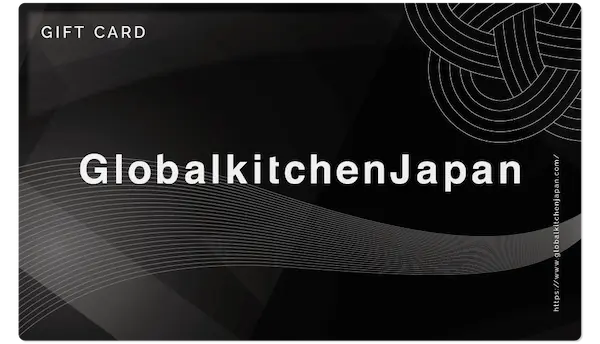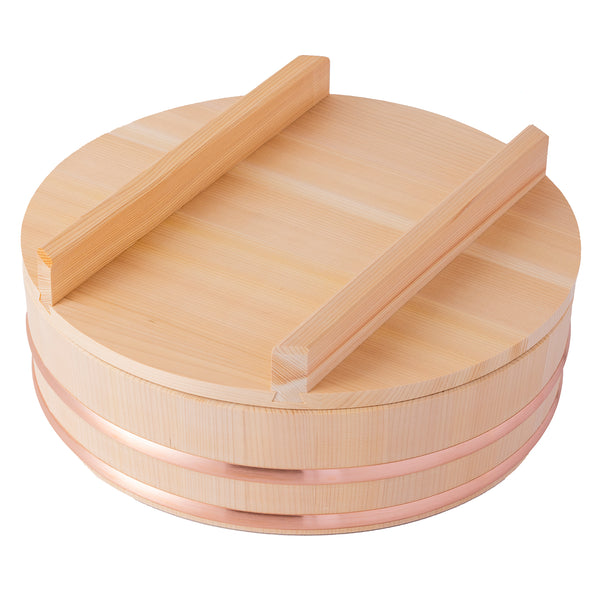The product we used:
A festival that encourages us to look up
How often do you go outside to look up at the stars? I guess you, like me, don't have many opportunities to do any star-gazing. We rarely have to chance to enjoy peaceful night-time solitude under a starry heaven.
Ancient people, on the other hand, were continually inspired by what's up there. Warm summer nights allowed them to spend extra time looking up and filling their hearts with thoughts of love and wonder. Thus, it's not surprising that Japan has a traditional festival in July related to the cosmos.
After I teach you about the festival, I'll also tell you how somen, a traditional Japanese noodle, is related to the festival.
The Star Festival
Tanabata, also known as the "Star Festival," is a traditional Japanese holiday celebrated on July 7th. The festival has its origins in the Chinese Qixi Festival, which commemorates the annual meeting of two star-crossed lovers, the Weaver Princess (Vega) and the Cowherd (Altair), who are separated by the Milky Way and are only allowed to meet once a year.
According to the Japanese version of the legend, Orihime (the Weaver Princess) is represented by the star Vega, and Hikoboshi (the Cowherd) by the star Altair. They are allowed to meet on the seventh day of the seventh lunar month, which is the basis for the Tanabata celebration in Japan.
During Tanabata, people write their wishes on colorful pieces of paper called tanzaku. These wishes are often written with calligraphy brushes and are tied to bamboo branches or other decorative structures called Tanzaku Trees, which are set up in public spaces or homes. The tanzaku are left to sway in the wind, and it is believed that the wishes will be granted if they reach the stars.
The festival is celebrated with various traditional decorations, parades, and events in different regions of Japan. Many cities and towns hold vibrant Tanabata festivals featuring elaborate paper decorations, colorful streamers, and large-scale parades. These festivities often include music, dance performances, fireworks, and delicious street food.
Tanabata is considered a romantic festival and is particularly popular among young couples and children. It is a joyful celebration that promotes the expression of wishes and dreams, and it holds a special place in Japanese culture as a symbol of hope and the pursuit of love.
Why eat somen on Tanabata?
There are various reasons given for why somen is eaten on Tanabata. In the Chinese tradition, they say that eating sakubei (a kind of sweet, twisted pastry) on July 7th will allow you to spend the day in perfect health.
There are some other explanations for the mysterious tradition of eating somen on Tanabata. Some say we eat somen because the thin somen noodles resemble Orihime's weaving threads. Others say they resemble the Milky Way galaxy that separated Orihime and her lover Hikoboshi.
Personally, I think it's a Big Noodle conspiracy to sell somen and serving bowls since it's typically served in a bowl of chilled water and dipped in a cold soy sauce-based sauce called mentsuyu, perfect for cooling off on hot summer nights.
Speaking of which...

Miyabi Urushi Kogei makes the perfect wooden bowl for serving somen. It's called a rice mixing bowl, but it's also commonly used for serving somen. If you already bought it to serve rice for your nigiri-zushi parties, you are all set to enjoy a refreshing somen party, too. While you are slurping down your somen, you can thank your lucky stars that Global Kitchen Japan made your Japanese cuisine wishes come true.





